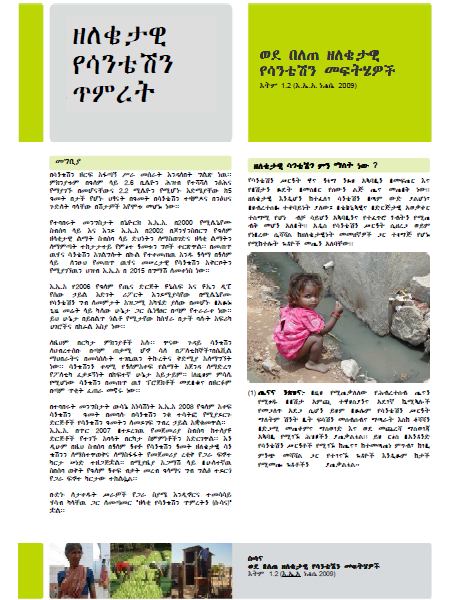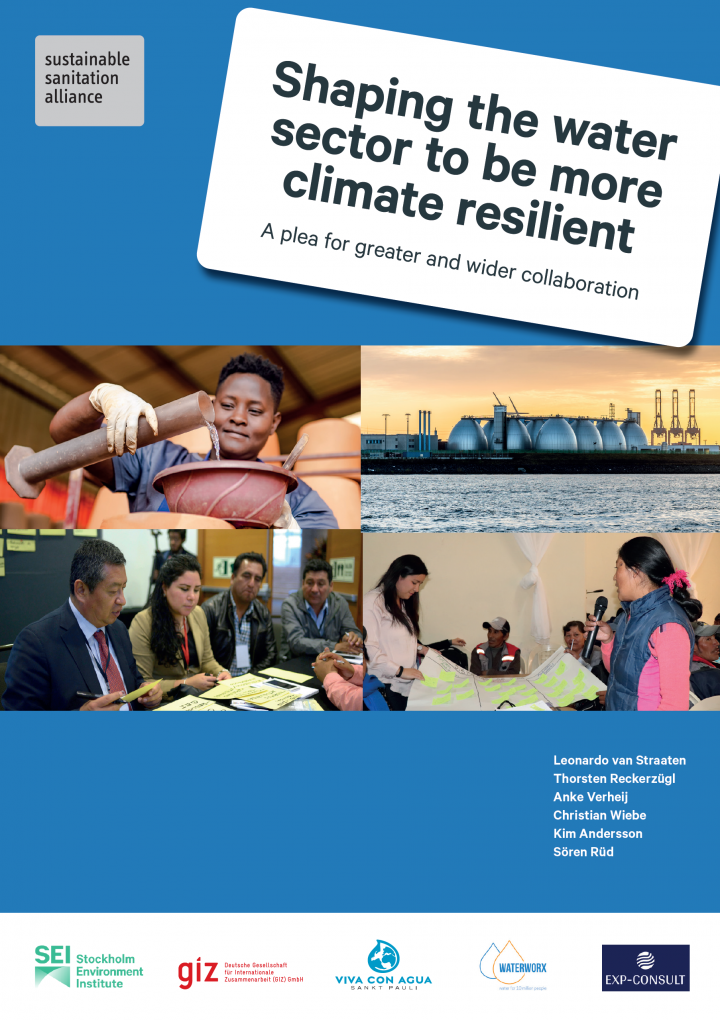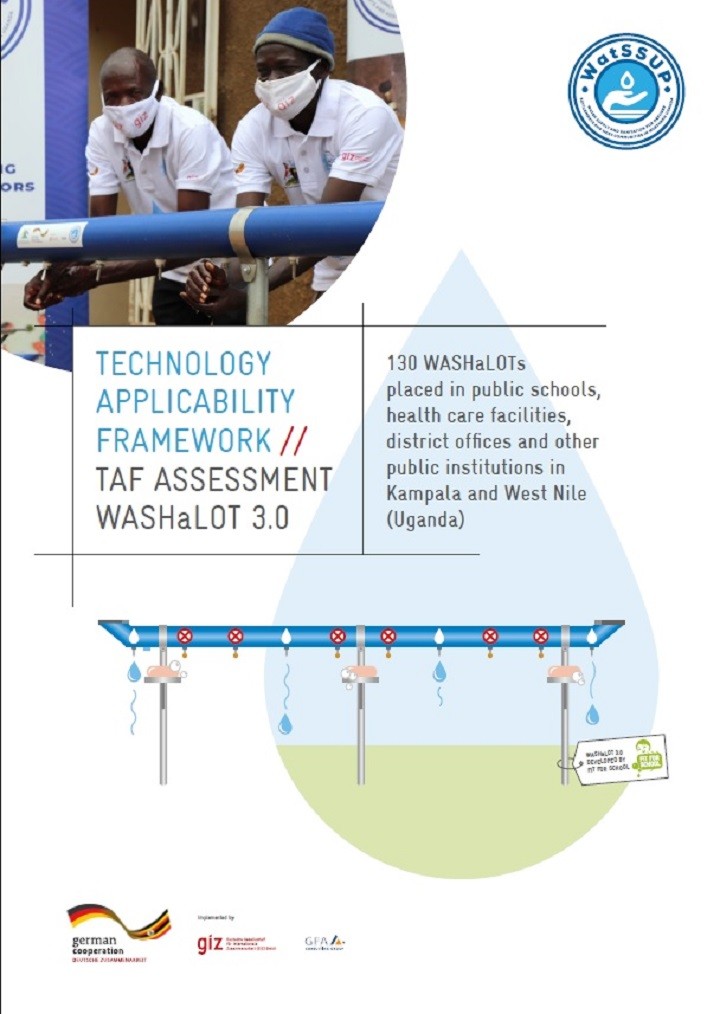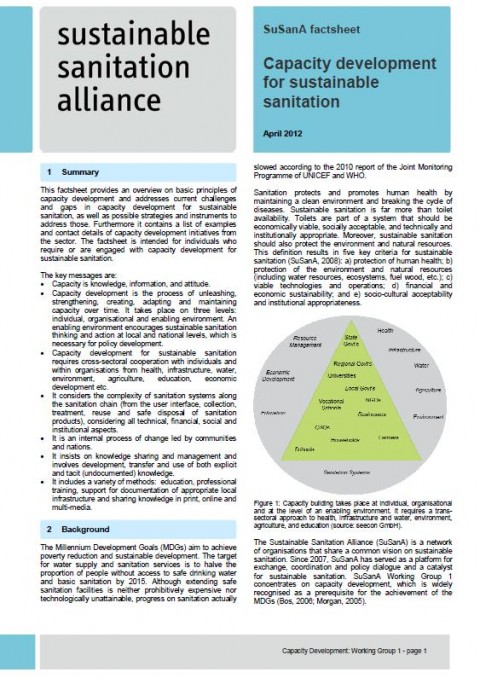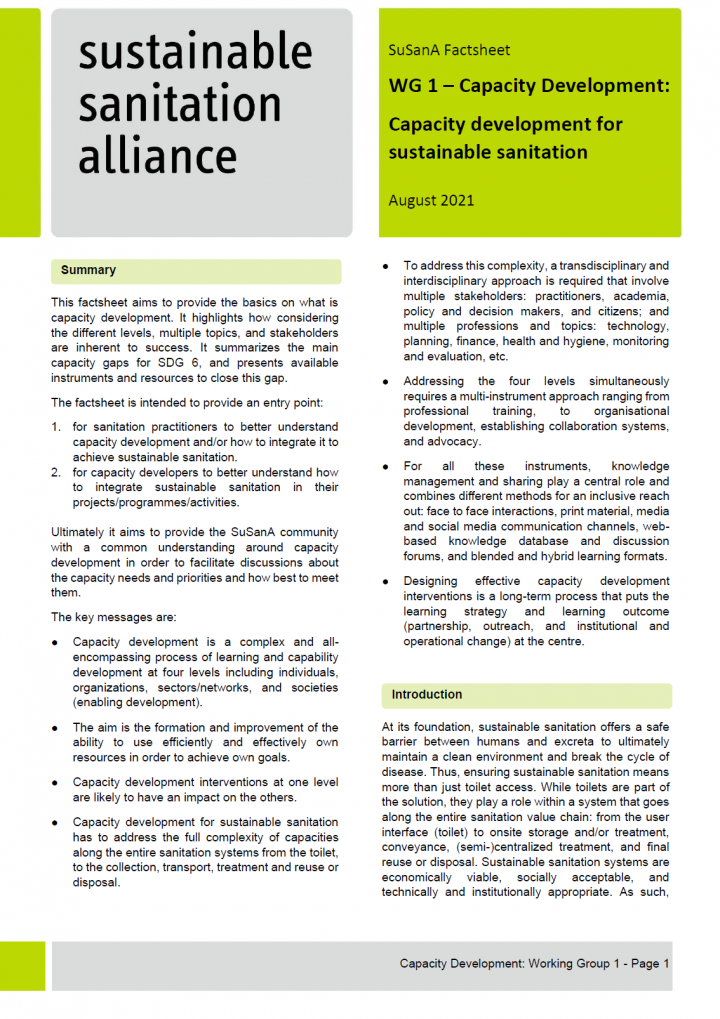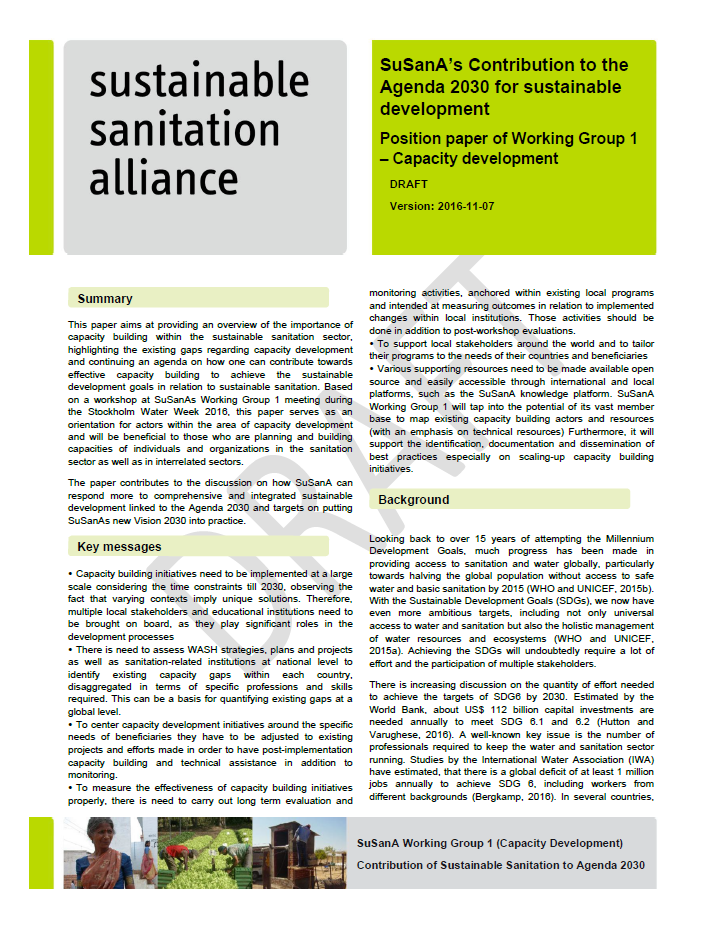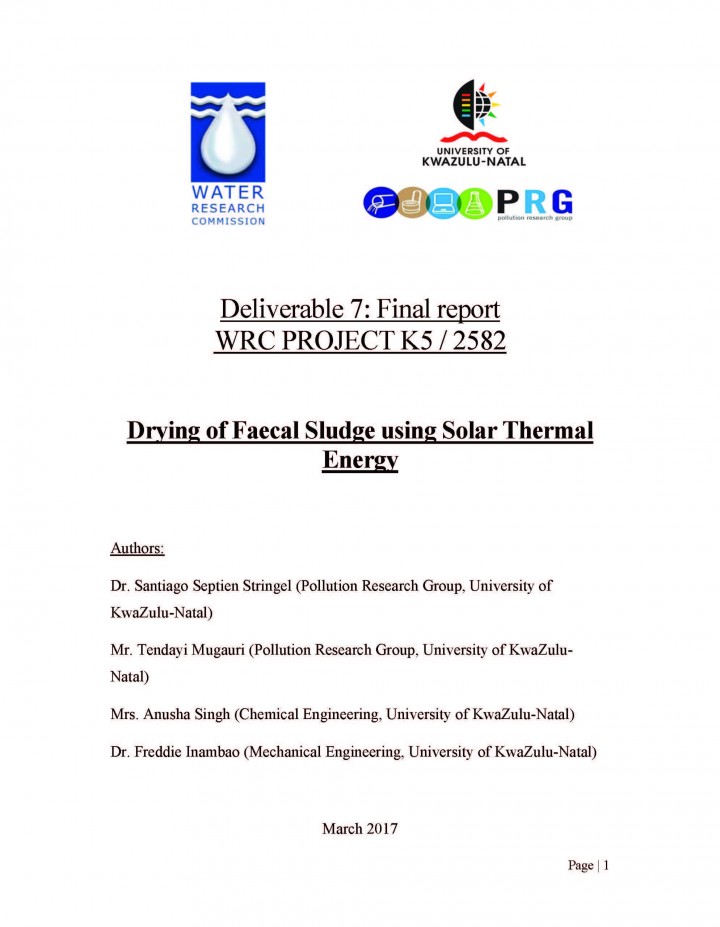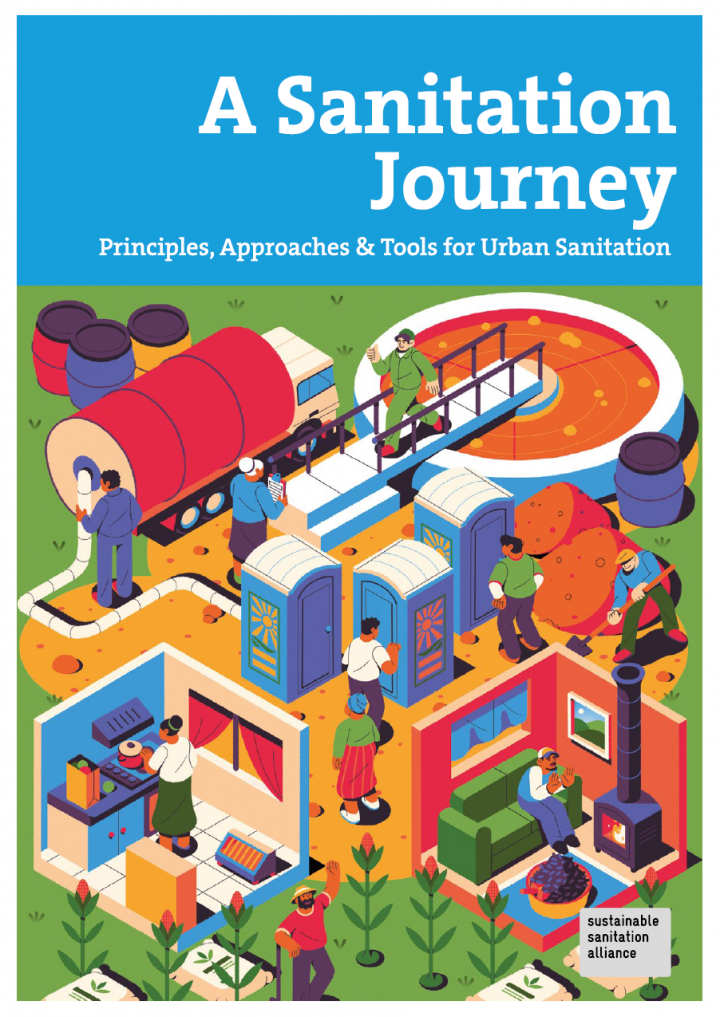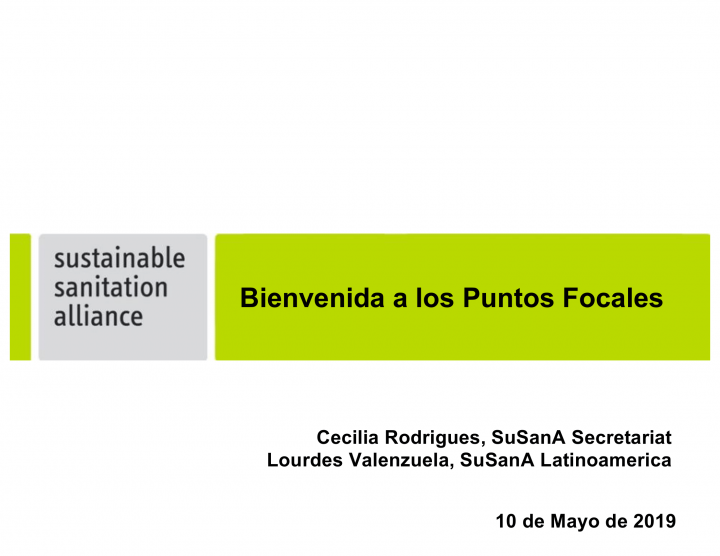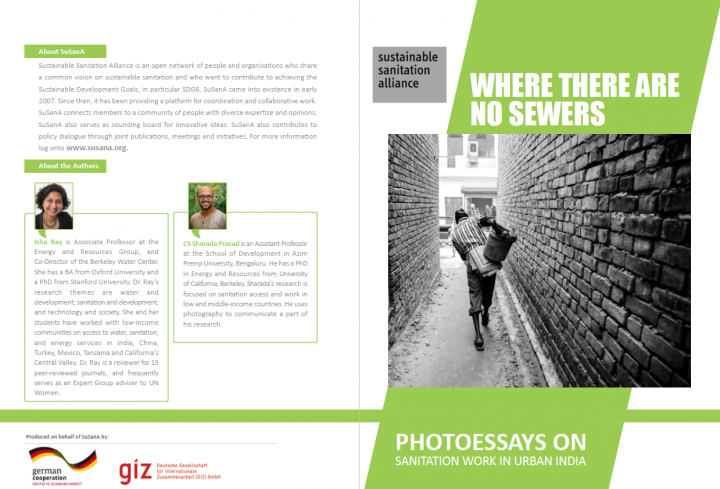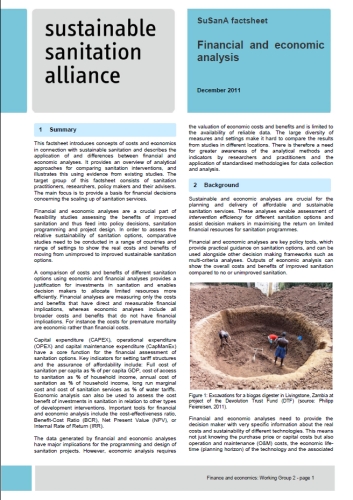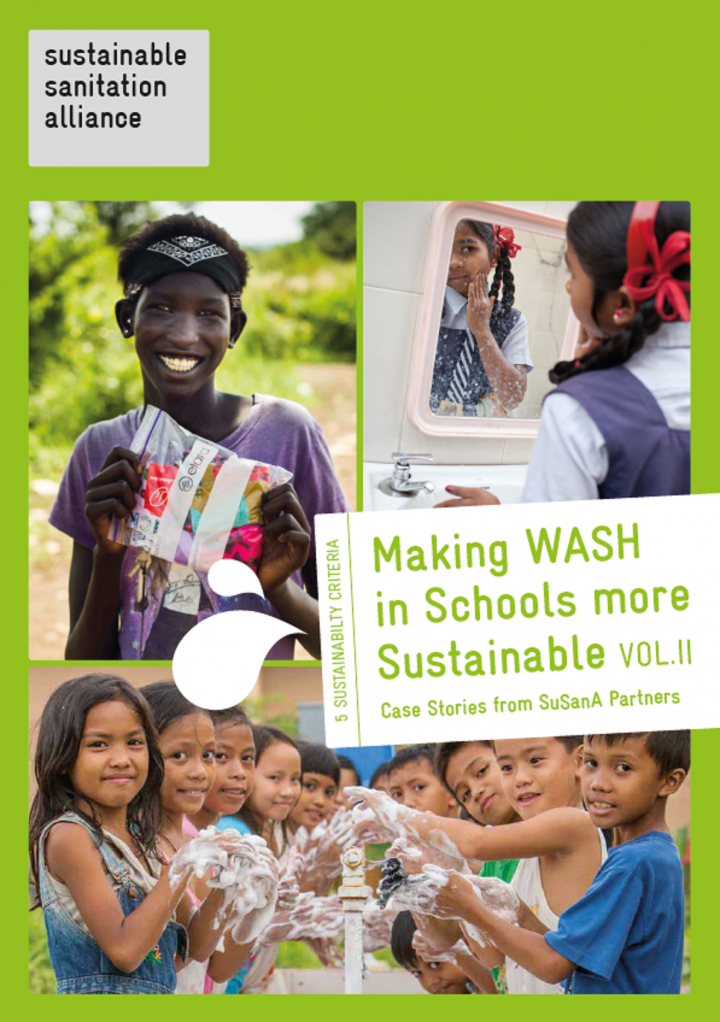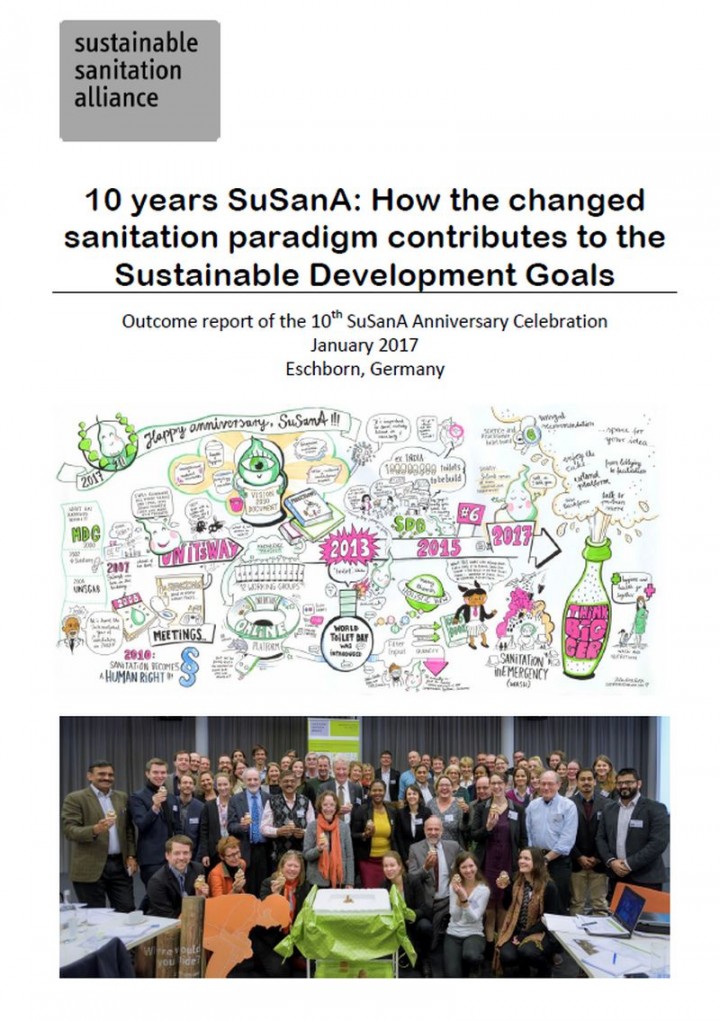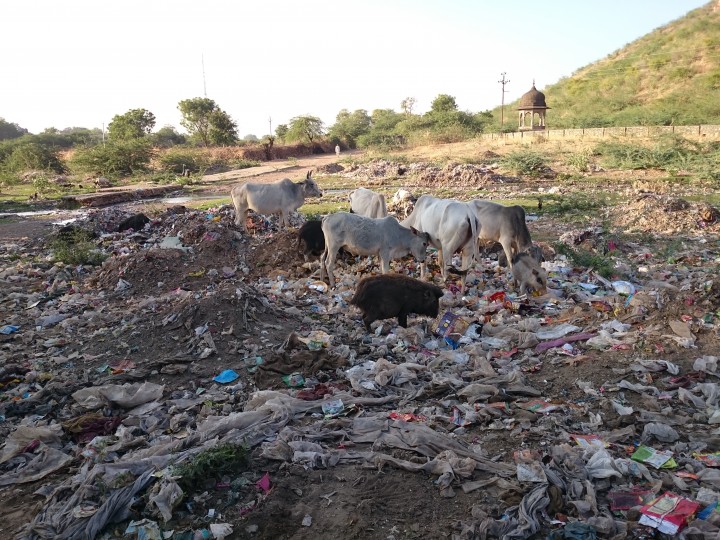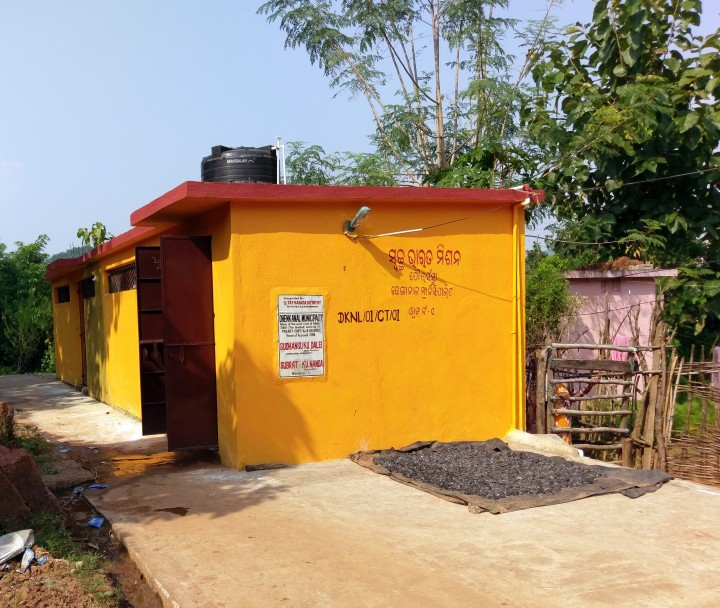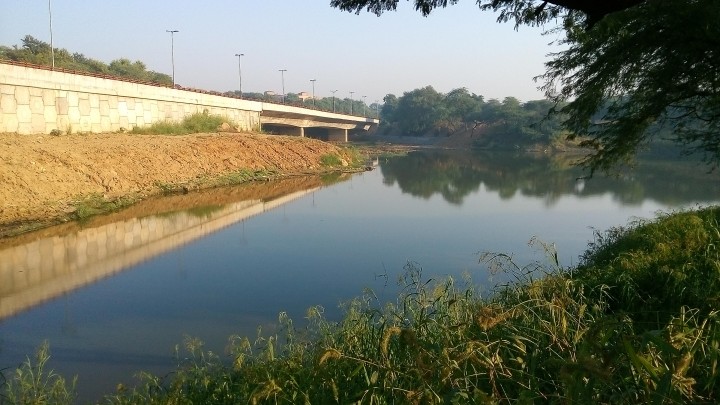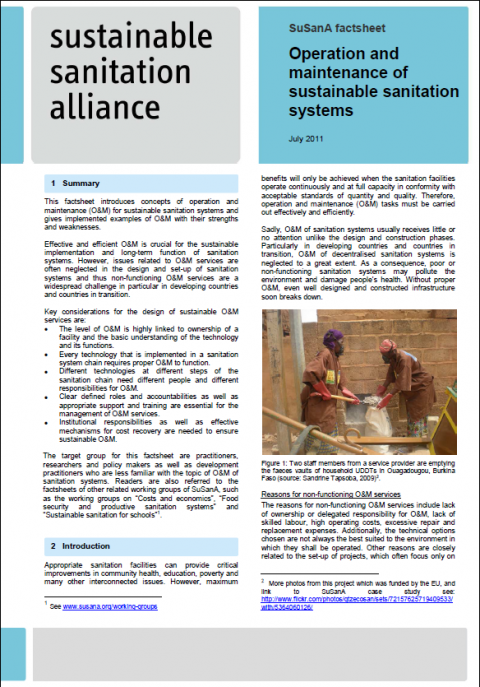Searching for information on Sanitation Workers?
The Sanitation Workers Knowledge + Learning Hub is the best source for all current news, trends, articles and updates on sanitation workers rights around the world.
Celebrating World Water Day 2021 on March 22nd, six experts, backed by five organizations (Stockholm Environment Institute, GIZ, Viva con Agua, WaterWorX and EXP-Consult) present a plea for greater and wider collaboration to shape the water sector to become more climate resilient. Improved management of water and sanitation services is fundamental not only for climate change adaptation but also …
130 WASHaLOTs placed in public schools, health care facilities, district offices and other public institutions in Kampala and West Nile (Uganda).
In a participatory process, a technology implemented as a pilot is assessed through the perspective of three key stakeholder groups engaged with the implementation of the technology: user/buyer, producer/provider and regulator/ investor/facilitator. …
This factsheet aims to provide the basics on what is capacity development. It highlights how considering the different levels, multiple topics, and stakeholders are inherent to success. It summarizes the main capacity gaps for SDG 6, and presents available instruments and resources to close this gap.
The factsheet is intended to provide an entry point:
1. for sanitation practitioners to …
This paper aims at providing an overview of the importance of capacity building within the sustainable sanitation sector, highlighting the existing gaps regarding capacity development and continuing an agenda on how one can contribute towards effective capacity building to achieve the sustainable development goals in relation to sustainable sanitation. Based on a workshop at SuSanAs Working Group …
This report summarizes the results obtained from an on-line survey conducted by the Shit Flow
Diagram Promotion Initiative (SFD-PI) as a key deliverable of the SFD project. The survey was launched
on April 11th, 2018 and ran for three weeks until May 1st, 2018.
The survey was intended to collect people’s opinions about different aspects of the SFD project,
including the web portal, the …
The present document consists of an addendum of data to the Handbook of Methods for Faecal Sludge Analysis. It is part of a project funded by the Bill & Melinda Gates (BMGF) through the OPP1164143, untitled “Characterization of faecal material during drying”. This project was granted for funding after the 5-years Transformative Technologies convening at the BMGF headquarters in 2016, where …
Solar thermal energy, an abundant and free source of energy in the world, particularly in a major part of developing countries, could supplement heat for drying purposes, leading to the decrease of the operating costs. In the sanitation sector, the use of solar energy for faecal sludge drying has been minimal, with only a few cases. Possible reasons for the low use of solar drying is the lack of …
This publication is the follow up of the first and second volume of WASH in Schools best practices by SuSanA partners. This third volume focuses on the topic of monitoring and evaluation (M&E). The aim is to show how digital approaches for M&E can be used to trigger action for improvements in WASH in Schools.
It introduces the WHO/UNICEF JMP core and expanded questions and indicators for …
Sanitation and hygiene are the foundation of healthy cities. They are a primary prerequisite for the health of our societies as well as economic development. However, achieving safe and sustainable urban sanitation for all has proven to be difficult, especially for the vulnerable and poor.
The publication "A Sanitation Journey - Principles, Approaches and Tools for Urban Sanitation" provides …
November 19 is World Toilet Day. Enormous progress has been made in the global effort to provide safe and affordable toilets for the world’s poorest citizens since World Toilet Day was first declared in 2001. Significant strides have been made in “reinventing” toilet designs for low-income, water-short, unsewered urban zones; celebrites such as Bill Gates and Matt Damon have brought this …
This publication is the second volume of "Making WASH in Schools ore Sustainable". Similar to Volume I, it showcases various approaches, both practical and innovative, to provide sustainable WASH solutions in schools around the world. The stories are not limited to the construction of water and sanitation systems but also show how these systems are operated and maintained through active …
On the 17th of January 2017, the Sustainable Sanitation Alliance (SuSanA) celebrated its 10th anniversary at the GIZ headquarters in Eschborn, Germany. The celebration took place under the theme "10 years SuSanA: How the changed sanitation paradigm contributes to the Sustainable Development Goals".
During the event, SuSanA’s achievements, milestones, and impact in the sanitation sector were …
As the Swachh Bharat Mission of the Government of India expands, solid waste management will have to keep pace. This thematic discussion on the India Chapter of SuSanA examines the readiness of local government institutions, tasked with the job, to effectively plan and implement solid waste management systems.
Faecal sludge management in rural areas is a fast emerging as a challenge as most toilets are single pits or containment tanks. The FSM chain, from containment and collection through transportation and treatment followed by safe reuse is very new and tenuous. While SBM II guidelines provide limited approaches, it was felt that a decision-support mechanism was needed. This thematic discussion …
From 14th October to 24th November, 2020, the India Chapter of SuSanA conducted a thematic online discussion and webinar on Operation and Maintenance Opportunities in Rural Community Sanitary Complexes. This was to support efforts of a task force to provide inputs to the Ministry of Jal Shakti, Government of India under Swachh Bharat Mission Phase II. In addition, the Chapter conducted a webinar …
The Department of Drinking Water and Sanitation (DDWS) under the Ministry of Jal Shakti, Government of India, recently brought out the strategy and guidelines for SBM Phase II, 2020-21 to 2024-25 to consolidate gains made in SBM Phase I. While the goal in the first phase was eliminating open defecation by constructing toilets, the goals in the second phase are much more ambitious. The outlay for …
Images are a big part of communication, today more so than ever. Not only do we consume more visual media than ever through social media and streaming sites. More and more we use images to communicate with each other, e.g. gifs and memes. Yet the way we read and understand an image is influenced by several factors including historical and cultural context or background, age as well as race and …

